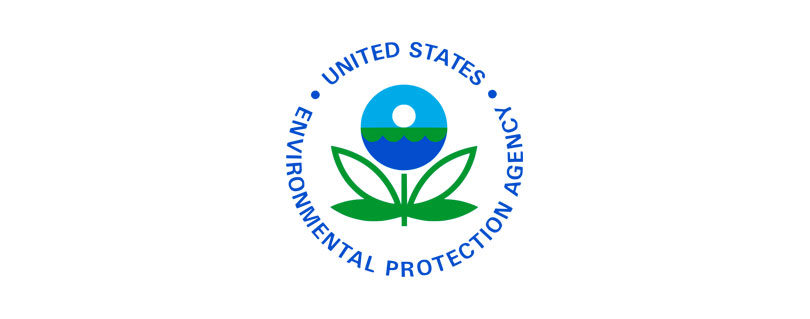Poor Air Quality Expected for parts of Connecticut, Massachusetts, and Rhode Island on July 28, 2023
Publilshed by the U.S. Environmental Protection Agency (EPA)
BOSTON (July 27, 2023) – New England state air quality forecasters are predicting air quality that is unhealthy for sensitive groups, due to elevated ground-level ozone. Sensitive groups include people with lung disease such as asthma, older adults, children and teenagers, and people who are active outdoors. The areas that are predicted to exceed the Federal air quality standard for ozone on Friday, July 28 are:
Southeastern coastal Massachusetts (Cape and Islands), Rhode Island (statewide), and the southeast coast of Connecticut.
These locations are subject to change, so please refer to EPA New England’s AQI Air Quality Index (AQI) for current air quality conditions and forecasts across New England.
With hot, summery weather, EPA and state air quality forecasters predict areas of unhealthy air quality in several areas of New England tomorrow. EPA and the medical community advise people to limit any strenuous outdoor activity when poor air quality is expected. Exposure to elevated ozone levels can cause breathing problems, aggravate asthma, and other pre-existing lung diseases, and make people more susceptible to respiratory infection. When ozone levels are elevated, people should refrain from strenuous outdoor activity, especially sensitive populations such as children and adults with respiratory problems. Due to impacts from climate change, these kinds of air quality events may increase in frequency. Communities already vulnerable and overburdened will also be impacted by unhealthy air quality.
Ground-level ozone forms when volatile organic compounds and oxides of nitrogen (ozone precursors) interact in the presence of strong sunshine. Cars, trucks, and buses emit most of the pollution that creates ozone. Emissions from gasoline stations, print shops, household products, like paints and some cleaners, as well as lawn and garden equipment also add to the ozone formation.
Also, everyone can take steps to keep air emissions down during air quality alert days. When ozone is forecast to be unhealthy for sensitive groups, members of the public are encouraged to help limit emissions and reduce ozone formation by:
- using public transportation, if possible;
- combining errands and carpooling to reduce driving time and mileage; and
- avoiding the use of small gasoline-powered engines, such as lawn mowers, string trimmers, chain saws, power-washers, air compressors, and leaf blowers on unhealthy air days.
During poor air quality events, it is also important to reduce household energy usage, such as setting air conditioners to a higher temperature, turning off unnecessary lights, equipment, and appliances. EPA’s ENERGY STAR Program also provides trusted guidance and online tools to help homeowners make smart decisions about improving the energy efficiency of their existing homes.
The current ozone standard is 0.070 parts per million (ppm).
More information:
Real-time ozone data and air quality forecasts New England Air Quality Index
National real-time air quality data (free iPhone and Android apps) AirNow
Air Quality Alerts EnviroFlash
Read the full article at: https://www.epa.gov/newsreleases/poor-air-quality-expected-parts-connecticut-massachusetts-and-rhode-island-july-28



